Asia is home to a number of traditional food that people from all over the world enjoy eating. For example, there has been a worldwide fascination with some of our favourite Asian food such as kimchi and ramen. Wouldn’t it be more fascinating then if there are museums dedicated just for these mouth-watering delicacies? Below are examples of food museums that will keep your minds, eyes and tummies full!
Also read: 10 Food Destinations in Asia That Must Be on Every Foodie’s Bucket List
1. Shin-Yokohama Ramen Museum (Yokohama, Japan)
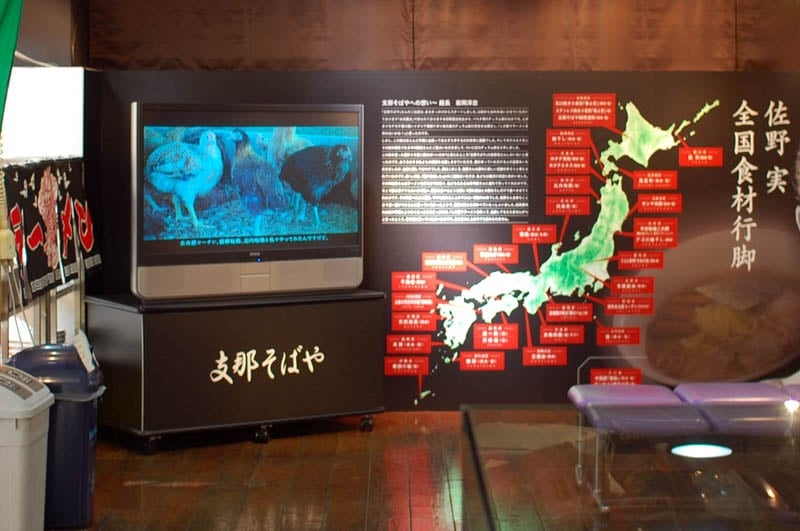
Image credit: Bento
Have you ever wondered where your favourite flavour of ramen comes from? The answer to your question waits in this museum.
Shin-Yokohama Ramen Museum is the world’s first food-themed museum which was built to let people enjoy the flavours of Japan’s national dish in one place. You can do a lot of things starting from the first floor down to its second basement.
Visitors and tourists can learn about the history of the success of ramen at the gallery on the first floor. The museum displays a variety of noodles, soup, toppings and bowls used across the country. Beside the gallery is the museum shop where you can buy souvenirs and instant noodles from around Japan. You can also do your very own recipe of ramen that will suit your taste buds.
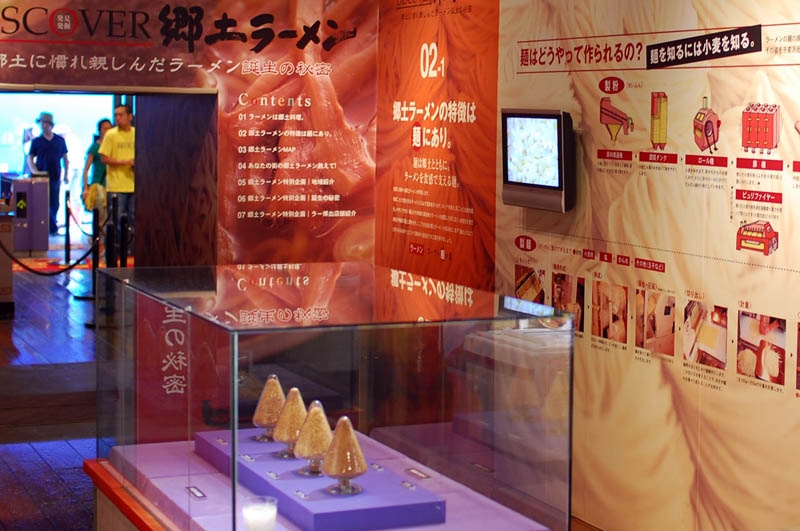
Image credit: Bento
To get the best out of your visit to the Ramen Museum, you should not miss the Ramen Town located on the two basement floors of the building. It is a replica of Shitamachi, the old town of Tokyo in the era of the rising popularity of ramen. Within the 50’s era billboards and lively storefronts are real ramen shops that offer different styles of the dish from the different regions of Japan.
Address: 2-14-21 Shinyokohama, Kohoku-ku, Yokohama City
Operating hours: Daily from 11am to 10pm
Admission: ¥310 (~S$3.78)
2. Teng Feng Fish Ball Museum (Xindian District, Taiwan)
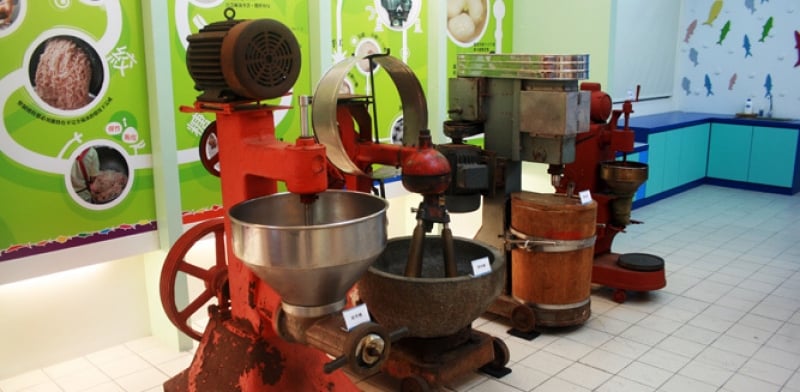
Image credit: Fish-ball
A staple in Taiwan, locals make fish balls out of fish paste mixed with vegetables and spices. People enjoy eating them either fried or steamed.
The Teng Feng Fish Ball Museum was built by the Teng Feng Fish Ball Company as a way to give back to their success in the business.
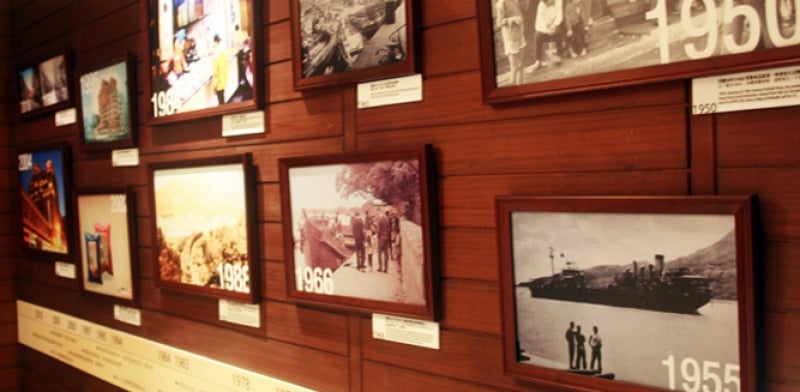
Image credit: Fish-ball
The museum has two exhibition halls. You can visit the first exhibition hall at the Tamsui Old Street. It is a three-story building that features a display area for fish ball manufacturing, and another one for fishing ships and equipment. It also has a retail department where you can buy fish balls. The second exhibition hall is located at an old fish ball shop formerly known as Weixang Fish Ball Shop. It has been renovated and you can go inside to have a factory tour and experience making fish balls yourself.
Address: No.117, Zhongzheng Road, Xindian district, 231 Taiwan
Operating hours: Mondays to Fridays from 10.30am to 7.30pm
Admission: NT$250 (~S$11.12)
3. Tteok Museum (Seoul, South Korea)
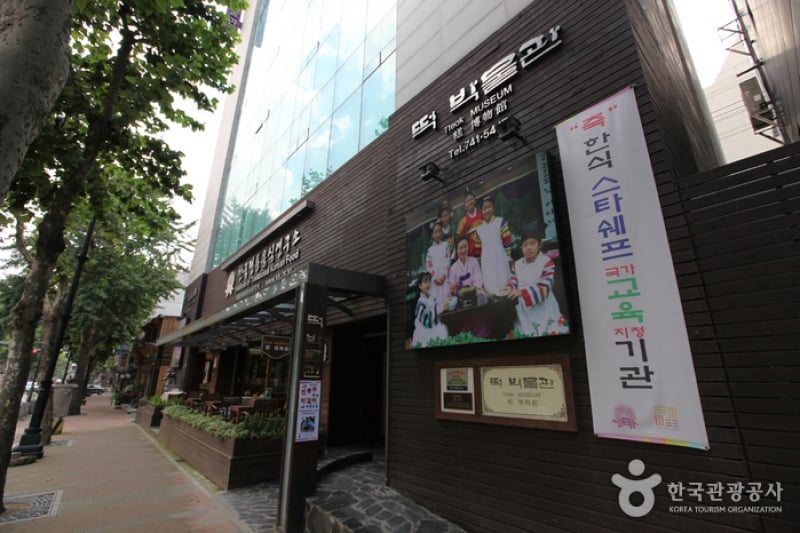
Image credit: Korea Tourism Organization
Koreans use rice cakes or tteok in a lot of their dishes. If you are watching mukbang or Korean eating shows, you can see locals eating this delicacy with tteokbokki (spicy sauce).
If you are a fan of Korean food, you should not miss going to the Rice Cake Museum. Located at Jongno-gu, east of Insadong, this museum features 50 different kinds of tteok along with displays of kitchen utensils Koreans use when eating the dish.
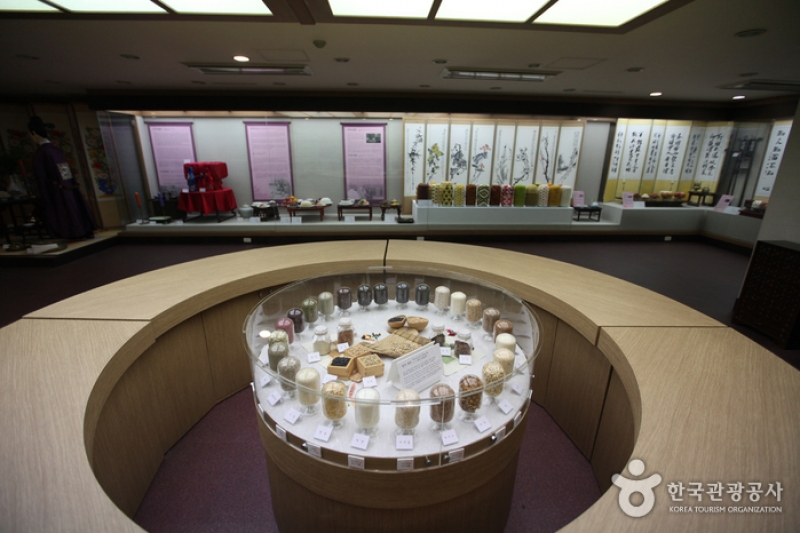
Image credit: Korea Tourism Organization
If you are interested in knowing how to make rice cakes, the museum offers classes and programmes for locals and foreigners. They also have programmes for making kimchi and other classic food. If you want to taste a different tteok and would want to have some tea, you can also stop by the cafe located on the first floor.
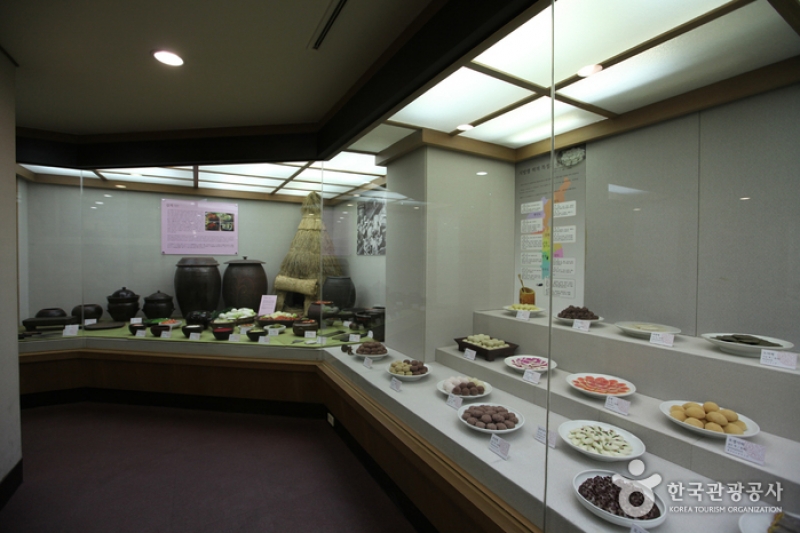
Image credit: Korea Tourism Organization
Address: 71, Donhwamun-ro, Jongno-gu, Seoul
Operating hours: Mondays to Saturdays from 10am to 6pm, and Sundays from 12nn to 6pm
Admission: ₩3,000 (~S$3.65)
4. CUPNOODLES Museum (Yokohama, Japan)
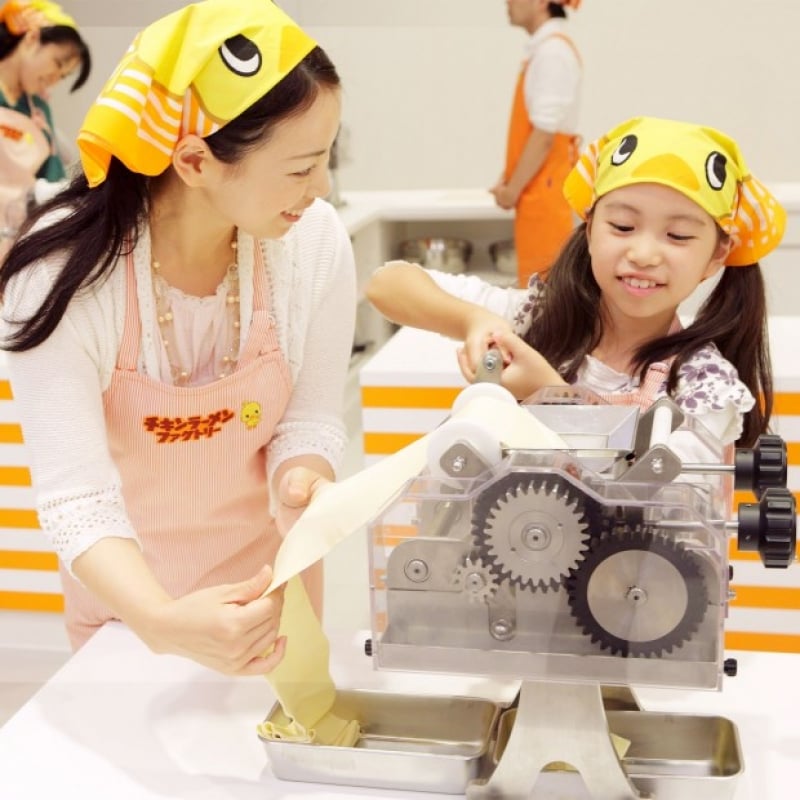
Image credit: CUPNOODLES Museum
Who would think that even cup noodles or instant ramen have their own museum? Yes, you’re reading this right. At Yokohama, the unofficial capital of food museums in Japan, you can visit a place called CUPNOODLES Museum that will surely satisfy your cravings.
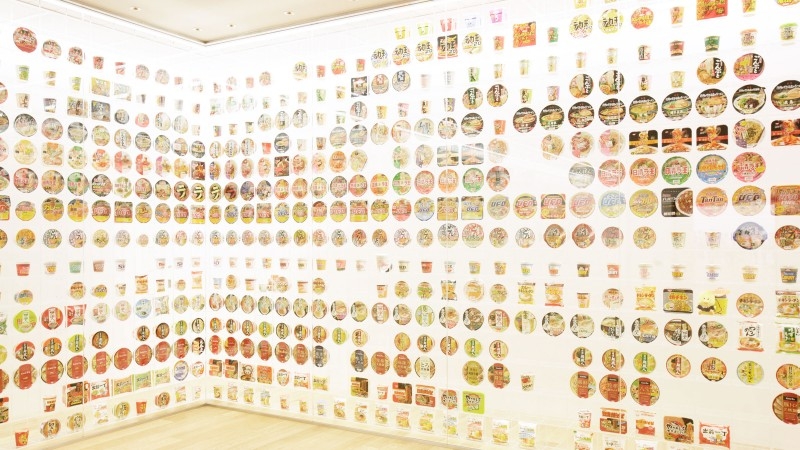
Image credit: CUPNOODLES Museum
The museum is dedicated to Momofuku Ando, who pioneered the invention of chicken ramen. Inside, you will find a lot of exhibits and attractions that people of all ages can enjoy.
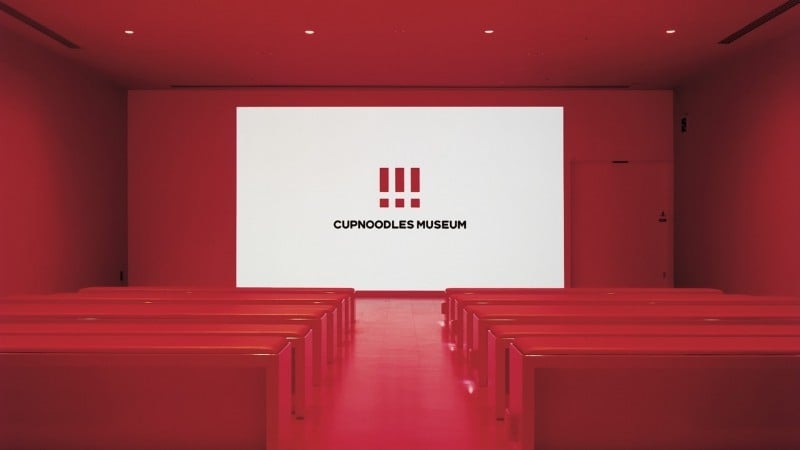
Image credit: CUPNOODLES Museum
At the CUPNOODLES Park and the Chicken Ramen Factory, you can see how the noodles are produced. One of the iconic features here is the Instant Noodles History Cube. It displays the different packages of instant noodles as ramen grows into the diet of people all over the world. You can also make your own CUPNOODLES package at the My CUPNOODLES Factory. On top of that, you might want to visit the Noodles Road wherein you can taste different styles of noodles. Before going home, feel free to drop by the museum shop to buy some souvenirs.
Address: 2-3-4 Shinko, Naka-ku, Yokohama 231-0001 Japan
Operating hours: Daily from 10am to 6pm
Admission: ¥500 (~S$6.10)
5. Museum Kimchikan (Seoul, South Korea)
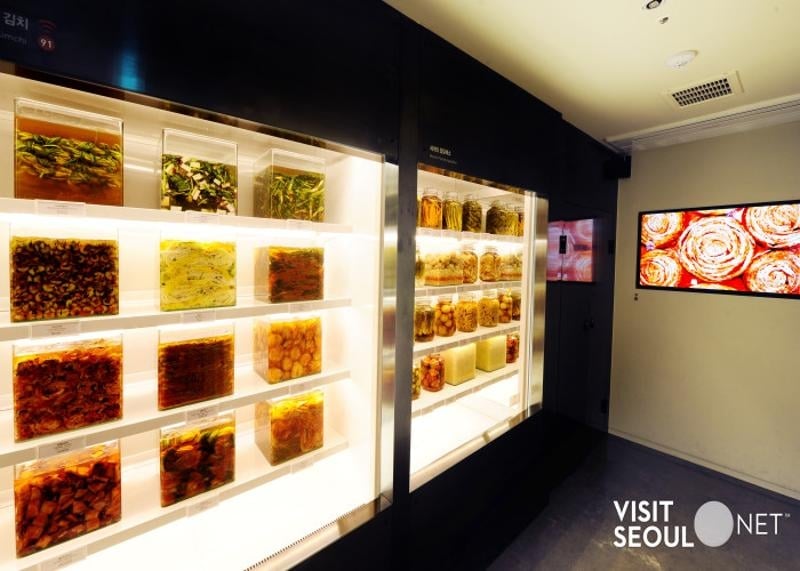
Image credit: Seoul Metropolitan Government
When talking about Korean food, you can’t end the topic without noting the famous kimchi. Kimchi is made by fermenting vegetables with spices. In restaurants, people usually eat it as a side dish as it goes well with a lot of Korean food.
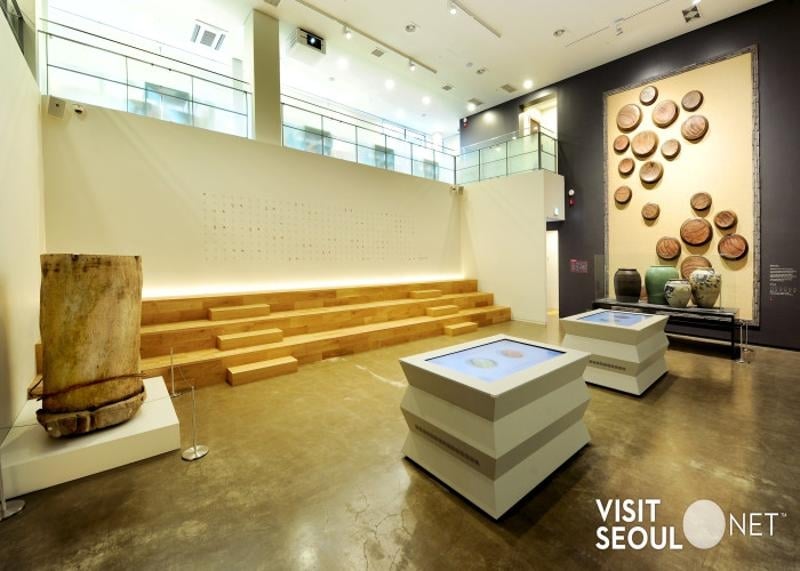
Image credit: Seoul Metropolitan Government
In Jongno-gu, Seoul, you can visit the Museum Kimchikan. It is dedicated to kimchi and kimjang, the process of making the dish. The museum received a commendation as a UNESCO Intangible Cultural Heritage of Humanity. Here, you will know more about kimchi as a traditional food in Korea while tasting its various types.
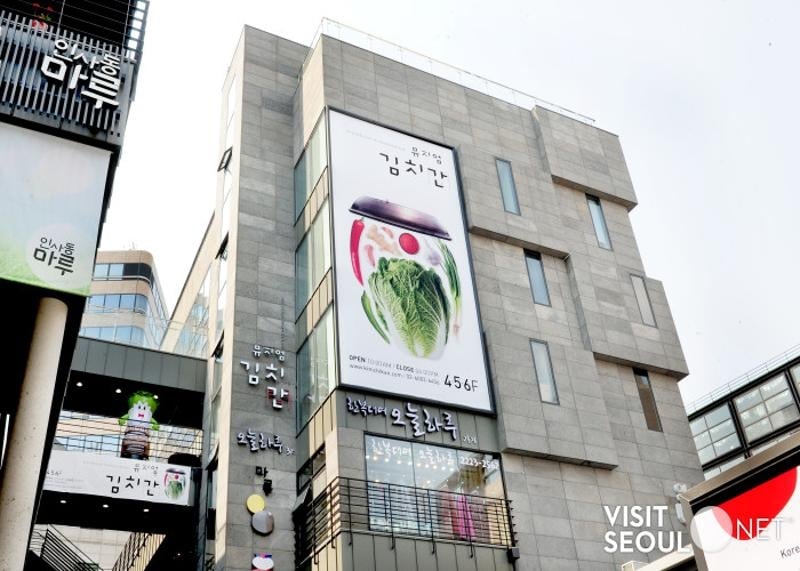
Image credit: Seoul Metropolitan Organization
The museum has three sections. The first one features the history and evolution of kimchi throughout Korea. The second one shows how the dish is made. The last section discusses how different factors affect kimjang. If you are into Korean culture, then you will enjoy visiting here. The experience will not only feed your minds but your tummies too, as you will taste different types of kimchi throughout the tour!
Address: 35-4, Insadong-gil, Jongno-gu, Seoul
Operating hours: Tuesdays to Sundays from 10am to 6pm
Admission: ₩5,000 (~S$6.08)
6. Wonderfood Museum (Penang, Malaysia)
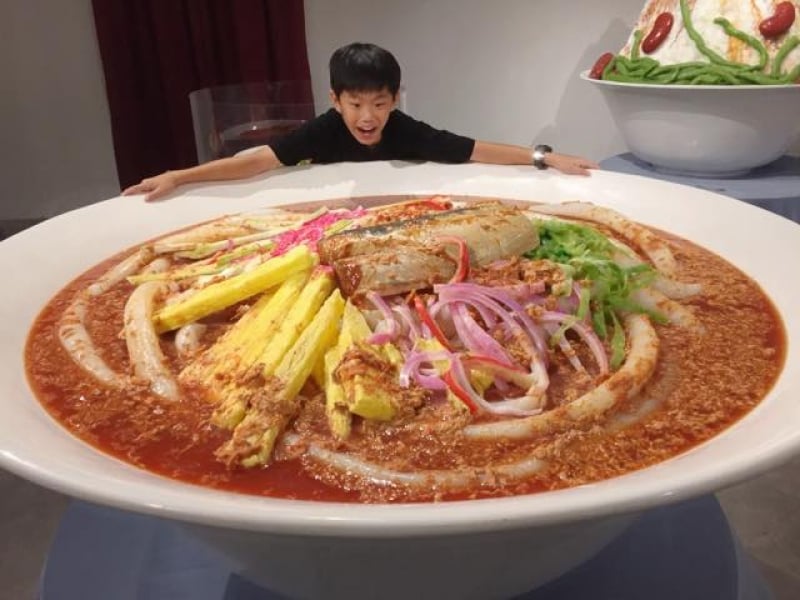
Image credit: Wonderfood Museum Facebook page
What’s more fun than seeing larger-than-life food? In Penang’s Wonderfood Museum, you will see giant displays of Malaysian dishes. Located in Lebuh Pantai, the museum exhibits the food culture of the region through unique food replicas.
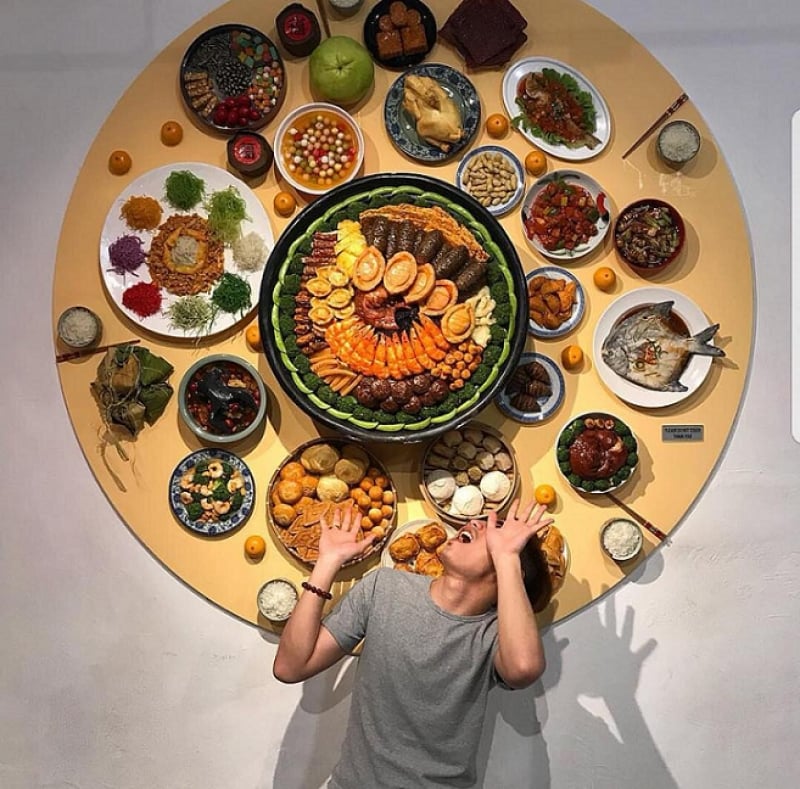
Image credit: Wonderfood Museum Facebook Page
Wonderfood Museum is divided into three galleries. The first gallery is the Info Zone which shows popular street food and delicacies of Malays, Chinese and Indians. The second is the Wow Zone which is very famous among locals and tourists. It features giant replicas of Penang delicacies. In the Education Zone, there are displays that highlight the effect of food choices on nature. It also features surreal aspects of food.
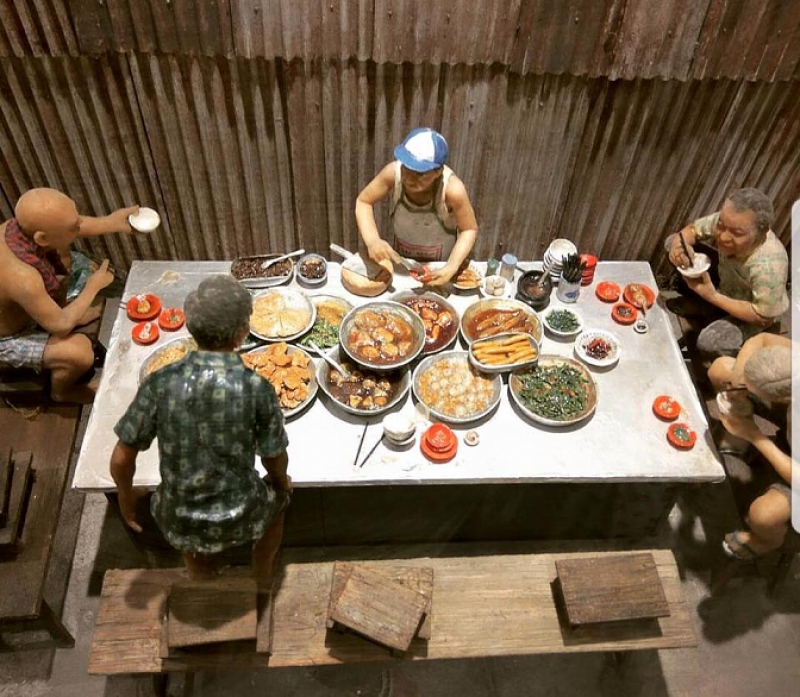
Image credit: Wonderfood Museum Facebook Page
Address: 49, Lebuh Pantai, George Town, 10200 George Town, Pulau Pinang, Malaysia
Operating hours: Daily from 9am to 6pm
Admission: RM115 (~S$38.80)
Also read: Asia’s Weirdest Museums that Are Totally Worth a Visit
Write these museums down on your bucket lists and itineraries, and get ready to quench your minds, eyes and, your taste buds!




